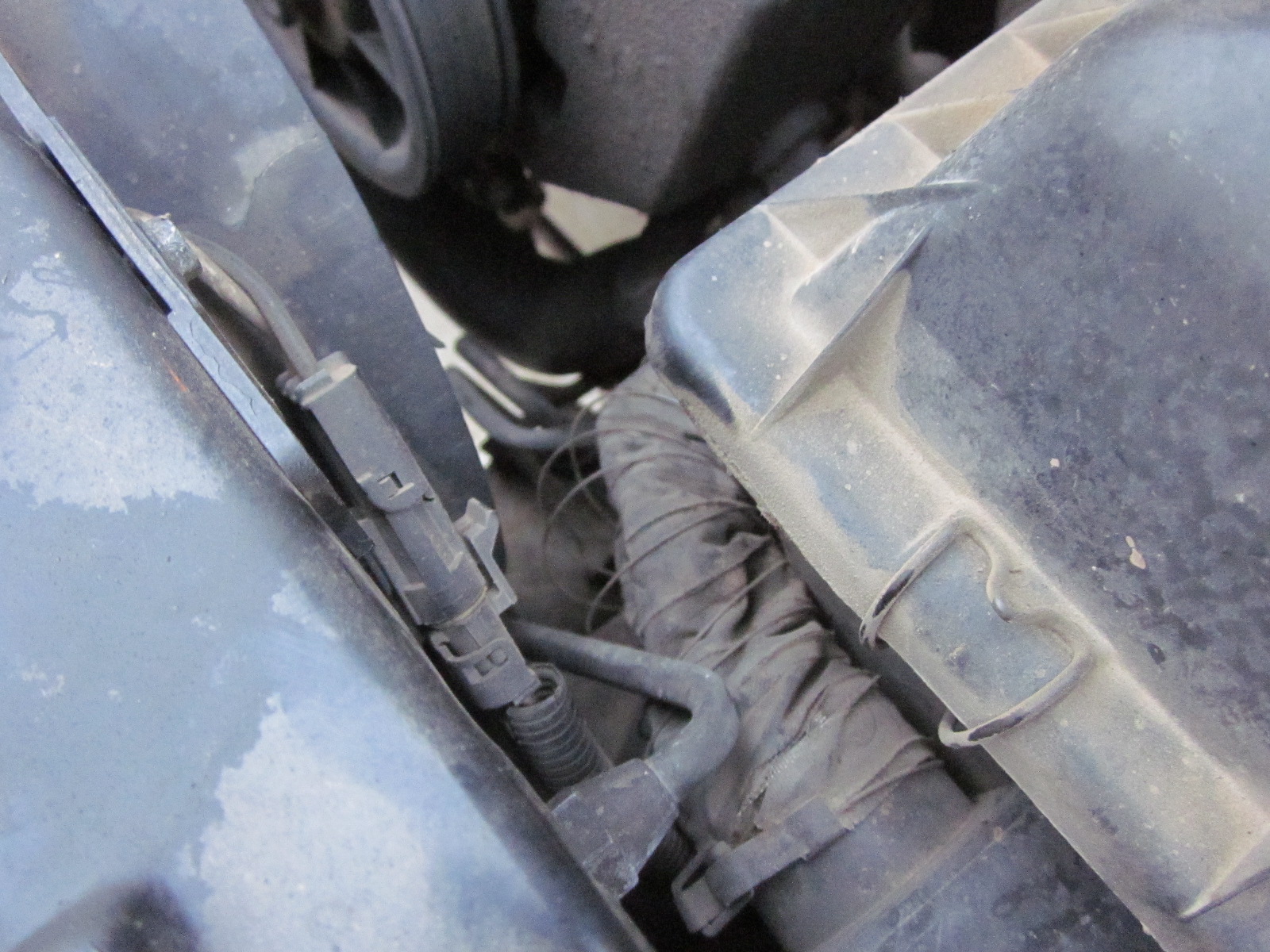Been reading threads on stumbling Renixes for days. None seem exactly the same but have been trying other's solutions to no avail.
I have a 90 Renix with 140k that runs great other than an irritating tendency to stumble and even die when punching the accelerator from a start or slow roll. An example would be slowing down for a speed bump and then hitting the gas to move on. She stumbles for about 2 seconds and then finds new life and accelerates normally. It does not do this through the other gears. Only when slow or from a stop. It's especially bad when in reverse and you're tapping the gas to achieve a short burst of power. It will often die in that scenario. Very lightly pressing the accelerator will not do it. Only when giving normal or excessive acceleration.
So far I've:
checked all the vacuum lines
new air filter and cleaned air box
cleaned throttle body
cleaned Idle Air Control
replaced Map Sensor
replaced O2 sensor
None of these solutions have had an affect. My next thought was to replace the fuel filter and possibly the pump.
There is an air hose from the air box to the block that looks bad to me. I notice that it deflates under acceleration. Can anyone tell me what that is for and if it could be contributing to my problem?

I have a 90 Renix with 140k that runs great other than an irritating tendency to stumble and even die when punching the accelerator from a start or slow roll. An example would be slowing down for a speed bump and then hitting the gas to move on. She stumbles for about 2 seconds and then finds new life and accelerates normally. It does not do this through the other gears. Only when slow or from a stop. It's especially bad when in reverse and you're tapping the gas to achieve a short burst of power. It will often die in that scenario. Very lightly pressing the accelerator will not do it. Only when giving normal or excessive acceleration.
So far I've:
checked all the vacuum lines
new air filter and cleaned air box
cleaned throttle body
cleaned Idle Air Control
replaced Map Sensor
replaced O2 sensor
None of these solutions have had an affect. My next thought was to replace the fuel filter and possibly the pump.
There is an air hose from the air box to the block that looks bad to me. I notice that it deflates under acceleration. Can anyone tell me what that is for and if it could be contributing to my problem?

Last edited:
